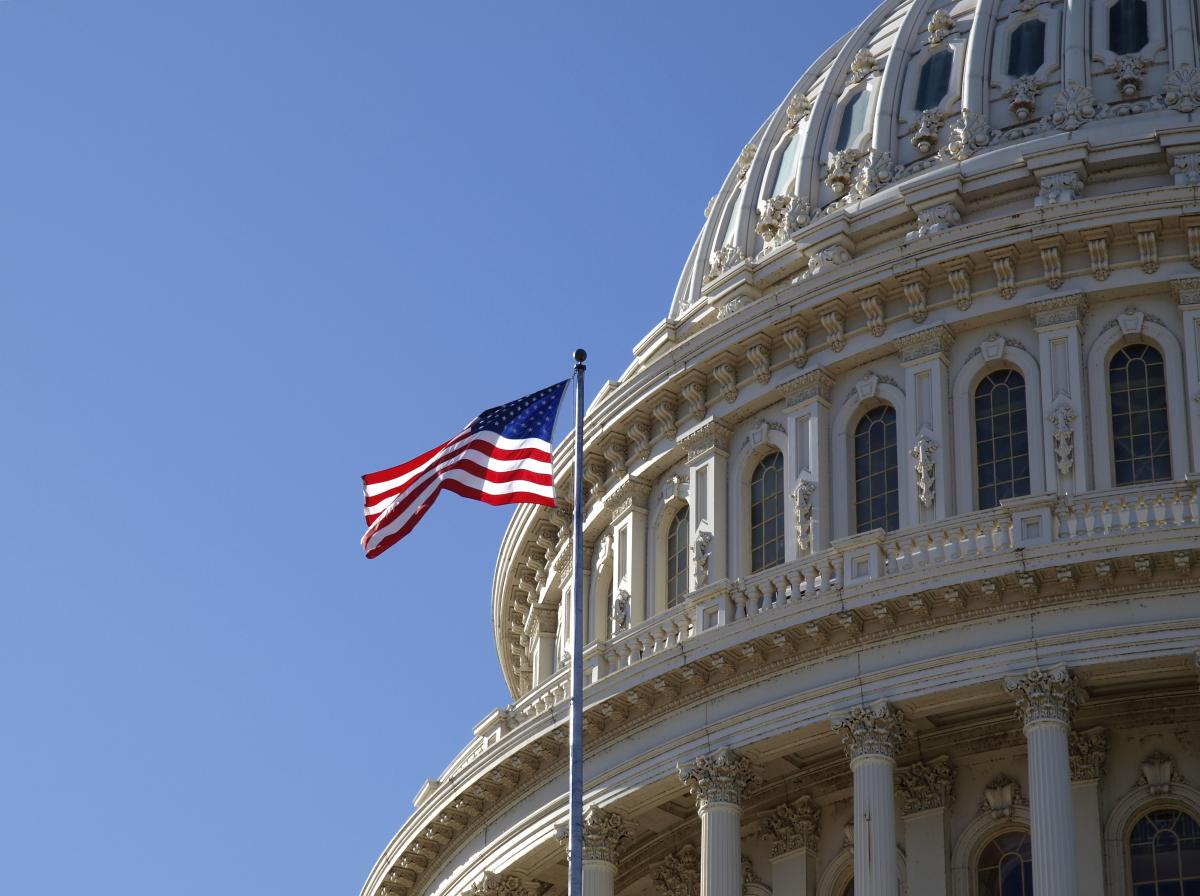 While the latest COVID-19 stimulus bill does not include retirement policy changes, it does add funding for the small business loan program that can be used to help pay retirement benefits.
While the latest COVID-19 stimulus bill does not include retirement policy changes, it does add funding for the small business loan program that can be used to help pay retirement benefits.
The Paycheck Protection Program and Health Care Enhancement Act (H.R. 266, as amended) provides $484 billon to restore funding for the Paycheck Protection Program, as well as provide funding for hospital and provider recovery and testing. This will be the fourth in a series of bills to address the health and economic hardships resulting from the COVID-19 pandemic.
The Senate approved the bill on April 21 by voice vote. The House of Representatives plans to consider the legislation on April 23, after calling members back to town to vote.
President Trump indicated he will sign the measure into law, tweeting: “I urge the Senate and House to pass the Paycheck Protection Program and Health Care Enhancement Act with additional funding for PPP, Hospitals, and Testing.”
Retirement Benefit Costs
Of particular importance to small businesses, advisors and third-party administrators is the PPP, which can not only help businesses stay afloat, but also help pay for retirement benefits. The bill provides an additional $310 billion towards the small business loan program.
The legislation allocates $30 billion of that funding for community-based lenders, small banks and credit unions, and an additional $30 billion for mid-sized banks and credit unions. Beyond the PPP, the bill allocates an additional $50 billion for SBA emergency disaster lending and $10 billion in SBA emergency disaster grants.
Visit our Coronavirus resource center!
The PPP was created under the $2.2 trillion Coronavirus Aid, Relief, and Economic Security (CARES) Act enacted March 27 to help small businesses affected by the COVID-19 crisis by covering their near-term operating expenses and providing incentives to retain employees. PPP loans will be fully forgiven when used for certain expenses, including payroll costs. Among other things, payroll costs include “payment of any retirement benefit.”
When the CARES Act was first enacted, it was not entirely clear what “payment of any retirement benefit” would constitute, but the Treasury Department later clarified that employer contributions to both DC plans and DB plans are included in the definition of payroll costs when calculating the maximum amount of a PPP loan.
You’ll want to act quickly if interested in applying for this loan program, as industry observers believe it will only be a matter of days before this latest round of funding is exhausted. Meanwhile, members from both parties expressed dissatisfaction with this latest agreement and are already talking about the next stimulus bill to address the COVID-19 pandemic.

